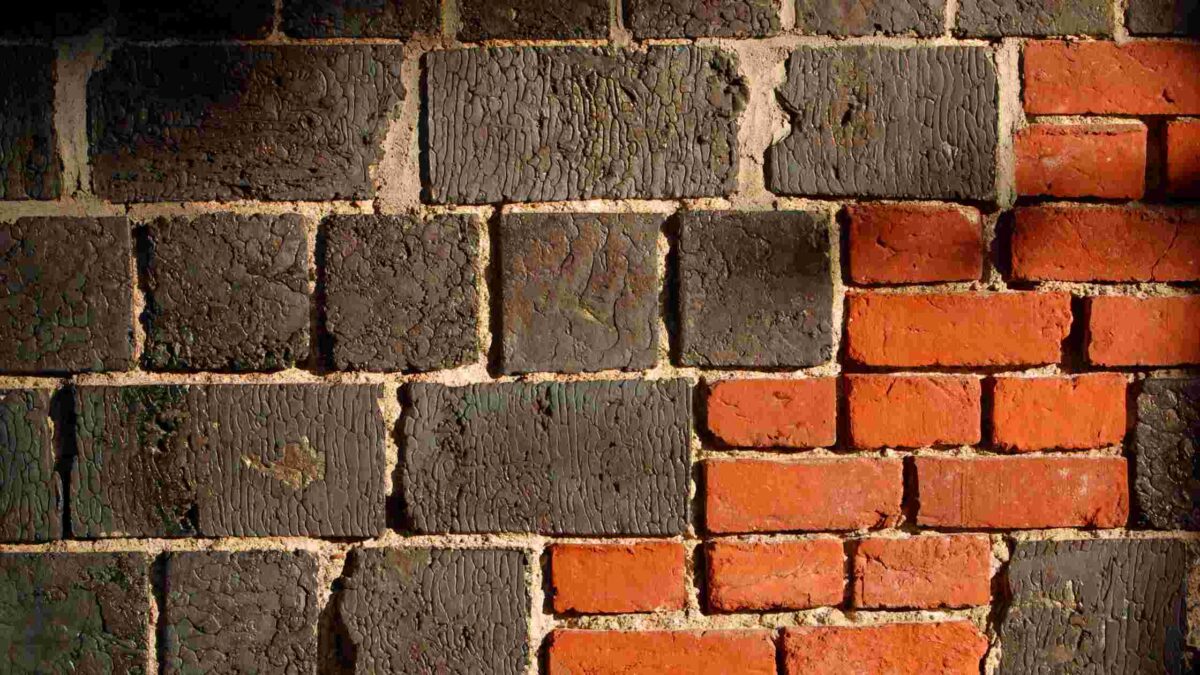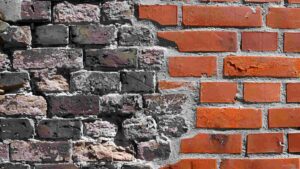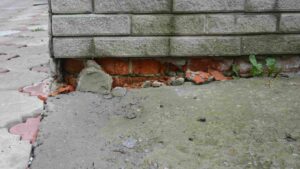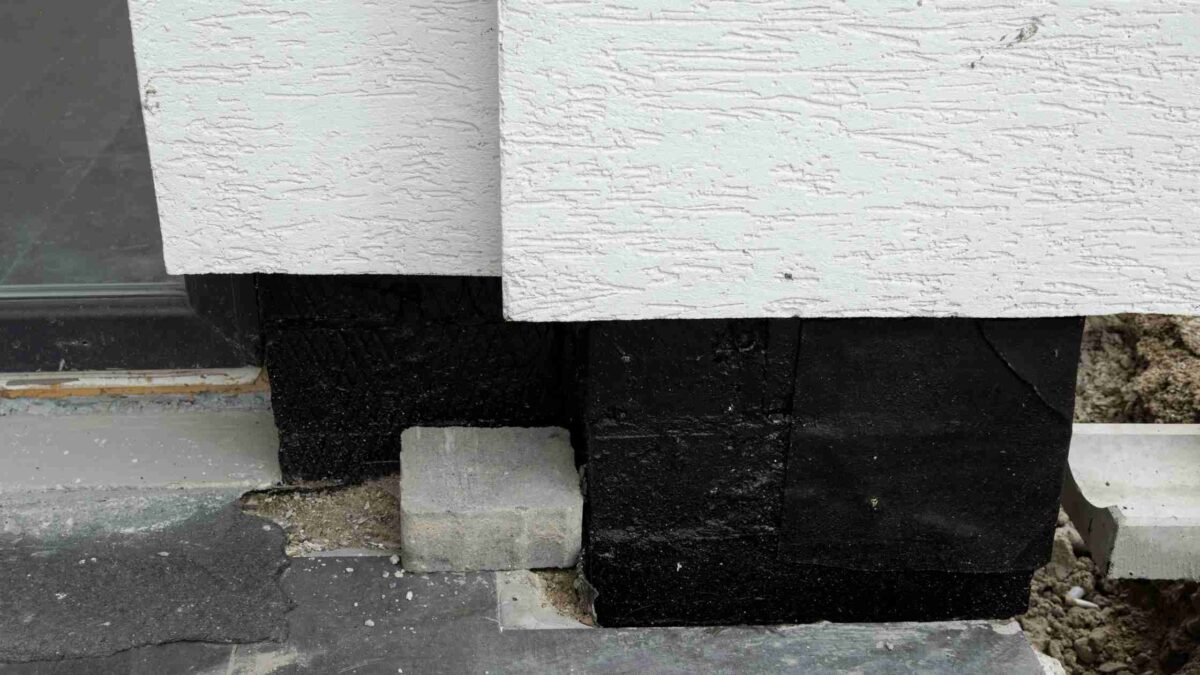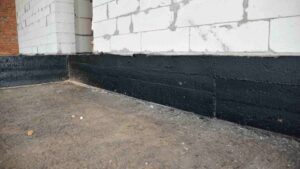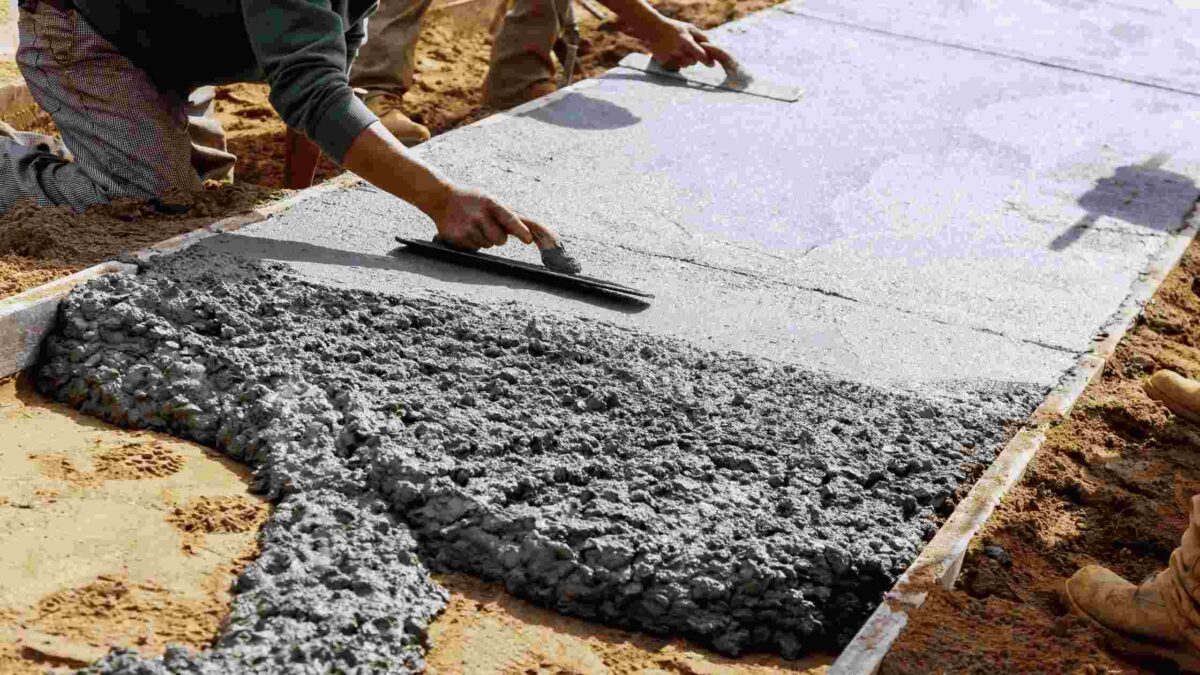
Concrete is a highly robust material that forms the basis of numerous structures across the globe. Like any building material, concrete may form cracks, spalling and other indications of wear and wear and tear. If this occurs, prompt and correct concrete repair is vital to ensure the integrity of the structure and to prevent further damage.
But, DIY concrete repair attempts or hiring contractors with no experience could result in costly errors. In this article, we’ll look at eight common mistakes made in concrete repair and ways to avoid them, which will ensure the longevity of your repair and a successful outcome:
Ignoring the Root Cause of Damage
A lot of homeowners are quick to start repair of cracks without considering the root cause. Cracks may be caused by a variety of issues such as foundation shrinkage, settlement, or incorrect curing. In the absence of the cause, it leads to a temporary fix, but cracks could reappear.
How to Avoid It: Before you begin any concrete repair determine the cause of the problem. Contact a structural engineer to identify the issue and suggest suitable solutions. The root cause of the issue can be addressed to ensure an effective fix that will strengthen the whole structure.
Inadequate Surface Preparation
Filling in cracks isn’t enough. The most important step in concrete repair is to properly prepare the surface. This means removing any dirt, loose debris and patching materials that are already in place. Also, you can make use of an electric or a scarifies to roughen up the surface, giving a better bond to the patch material.
How to Avoid It: Make sure to thoroughly clean the area using water and a hard brush. For grease or oil staining you should use degreasers created for concrete. The surface should be textured to the depth of one-quarter millimeter together with an electric brush or grinder or scarifier. This will create a smooth surface which enables the material used to repair it mechanically join with the concrete.
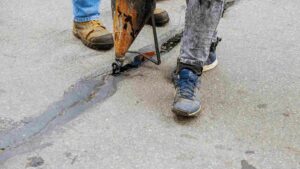
Using the Wrong Repair Material
There is no universal solution to concrete repair. Different kinds of damage require different repairs materials. A material that is not appropriate for repair can cause the patch to become weaker and could cause premature failure.
How to Avoid It: Find out about different repair options such as epoxy grouts, hydraulic cements or polymers. Select a product depending on the depth, size, and the location of the crack in addition to the weather conditions. For surface cracks that aren’t too severe simply patching the crack could be sufficient. For structural cracks that are more extensive grout with a high strength could be required. A consultation with an skillful can benefit you choose the best material for the task.
Improper Mixing and Application
Concrete repair products are typically provided in specific ratios of mixing as well as instructions for application. Abiding by these directions could affect the strength and adhesiveness that the patches provide.
How to Avoid It: Always follow the manufacturer’s guidelines for mixing ratios as well as the methods of application. Carefully measure the components you require and assure that they are thoroughly mixed to complete an even consistency. Use the material for repair in the designated period of time to prevent the material from setting too quickly.
Not Curing Properly
Curing the material allows it to obtain its maximum durability and strength. Improper curing may result in cracks, shrinkage and weakening the bond with the concrete.
How to Avoid It: Keep the area moist during the process of curing. This can be accomplished using plastic sheets, damp burlap or spraying water mist at regular intervals. Check the instructions of the manufacturer to determine the recommended curing duration for the particular material being used.
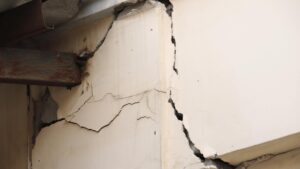
Applying Overcoating Too Soon
While protecting the surface is crucial, sealing the surface, applying paints or sealants too soon could trap moisture within the patch, creating issues later on.
How to Avoid It: Let the repair material completely dry before placing any coats. It typically takes between 24-48 hours, based on the conditions of the weather and the materials employed. Make sure you are ventilated during drying.
Overlooking Expansion Joints
Expansion joints are constructed to let concrete expand and contract as the temperature fluctuations, thus preventing cracking. Inadequately accounting for expansion joints in repairs could result in new cracks developing within the repair area or the concrete surrounding it.
How to Avoid It: If your repair requires expansion joints that are already in place, assure they are properly maintained or replaced in the repair procedure. Repairs that are new may require the use of expansion joints to avoid the possibility of future problems.
DIY Repairs for Extensive Damage
Although some cracks may appear appropriate for DIY repair, the process of tackling large-scale damage requires skillful knowledge. Concrete repair projects that require structural cracks, huge areas of damage or more complex repairs such as slab lifting must be dealt with by skilled concrete repair specialists.
How to Avoid It: For serious concrete damage Do not be afraid to get competent benefit. Professionally trained contractors have the experience, abilities, expertise, and equipment to determine the issue, suggest appropriate options, and then carry out repairs that are in line with industry standards.
Conclusion
Avoiding this common error and observing the correct procedures, you will assure an effective and lasting repairs to concrete (Concrete Repair). If you have many damages or require complex repairs, contacting a well-qualified expert is strongly advised. They have the knowledge as well as the experience and equipment to tackle more complex repairs and warrant the structural integrity of the final result.






